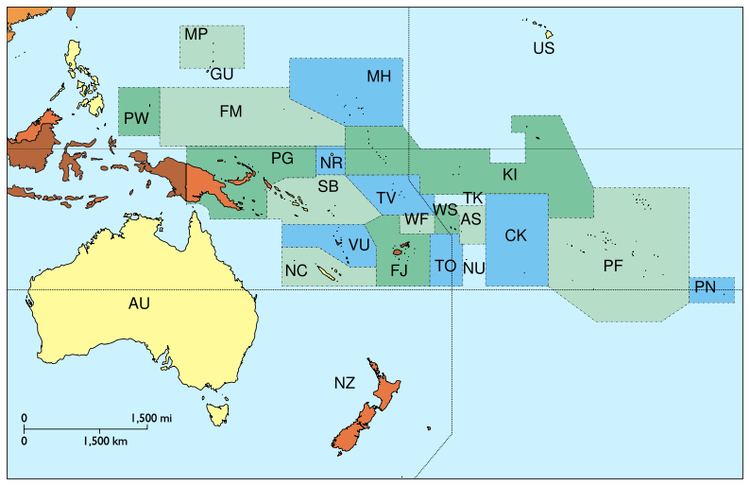Country codes are short alphabetic or numeric geographical codes (geocodes) developed to represent countries and dependent areas, for use in data processing and communications. Several different systems have been developed to do this. The term country code frequently refers to international dialing codes, the E.164 country calling codes.
This standard defines for most of the countries and dependent areas in the world:
a two-letter (ISO 3166-1 alpha-2)a three-letter (ISO 3166-1 alpha-3), anda three-digit numeric (ISO 3166-1 numeric) code.The two-letter codes are used as the basis for some other codes or applications, for example,
for ISO 4217 currency codes andwith deviations, for country code top-level domain names (ccTLDs) on the Internet: list of Internet TLDs.For more applications see ISO 3166-1 alpha-2.
European Union:Before the 2004 EU enlargement the EU used the UN Road Traffic Conventions license plate codes; since then, it uses ISO 3166-1The Nomenclature des unités territoriales statistiques (Nomenclature of territorial units for statistics, NUTS) of the European Union, mostly focusing on subdivisions of the EU member statesFIFA (Fédération Internationale de Football Association) assigns a three-letter code (dubbed FIFA Trigramme) to each of its member and non-member countries: List of FIFA country codesFederal Information Processing Standard (FIPS) 10-4 defined two-letter codes used by the U.S. government and in the CIA World Factbook: list of FIPS country codes. On September 2, 2008, FIPS 10-4 was one of ten standards withdrawn by NIST as a Federal Information Processing Standard.GOST 7.67: country codes in Cyrillic from the GOST standards committeeFrom the International Civil Aviation Organization (ICAO):The national prefixes used in aircraft registration numbersLocation prefixes in four-character ICAO airport codesInternational Olympic Committee (IOC) three-letter codes used in sporting events: list of IOC country codesFrom the International Telecommunication Union (ITU):the E.164 international telephone dialing codes: list of country calling codes with 1-3 digits,the E.212 mobile country codes (MCC), for mobile/wireless phone addresses,the first few characters of call signs of radio stations (maritime, aeronautical, amateur radio, broadcasting, and so on) define the country: the ITU prefix,ITU letter codes for member-countries,ITU prefix - amateur and experimental stations - The International Telecommunications Union (ITU) assigns national telecommuncation prefixes for amateur and experimental radio use, so that operators can be identified by their country of origin. These prefixes are legally administered by the national entity to which prefix ranges are assigned.Three-digit codes used to identify countries in maritime mobile radio transmissions, known as maritime identification digitsLicense plates for automobiles:Under the 1949 and 1968 United Nations Road Traffic Conventions (distinguishing signs of vehicles in international traffic): List of international license plate codes.Diplomatic license plates in the United States, assigned by the U.S. State Department.North Atlantic Treaty Organisation (NATO) used two-letter codes of its own: list of NATO country codes. They were largely borrowed from the FIPS 10-4 codes mentioned below. In 2003 the eighth edition of the Standardisation Agreement (STANAG) adopted the ISO 3166 three-letter codes with one exception (the code for Macedonia). With the ninth edition, NATO is transitioning to four- and six-letter codes based on ISO 3166 with a few exceptions and additionsUnited Nations Development Programme (UNDP) also has its own list of trigram country codesWorld Intellectual Property Organization (WIPO): WIPO ST.3 gives two-letter codes to countries and regional intellectual property organizationsWorld Meteorological Organization (WMO) has its own list of country codes, used in reporting meteorological observationsUIC (the International Union of Railways): UIC Country CodesThe developers of ISO 3166 intended that in time it would replace other coding systems in existence.
The following can represent countries:
The initial digits of International Standard Book Numbers (ISBN) are group identifiers for countries, areas, or language regions.The first three digits of GS1 Company Prefixes used to identify products, for example, in barcodes, designate (national) numbering agencies.A - B - C - D–E - F - G - H–I - J–K - L - M - N - O–Q - R - S - T - U–Z

